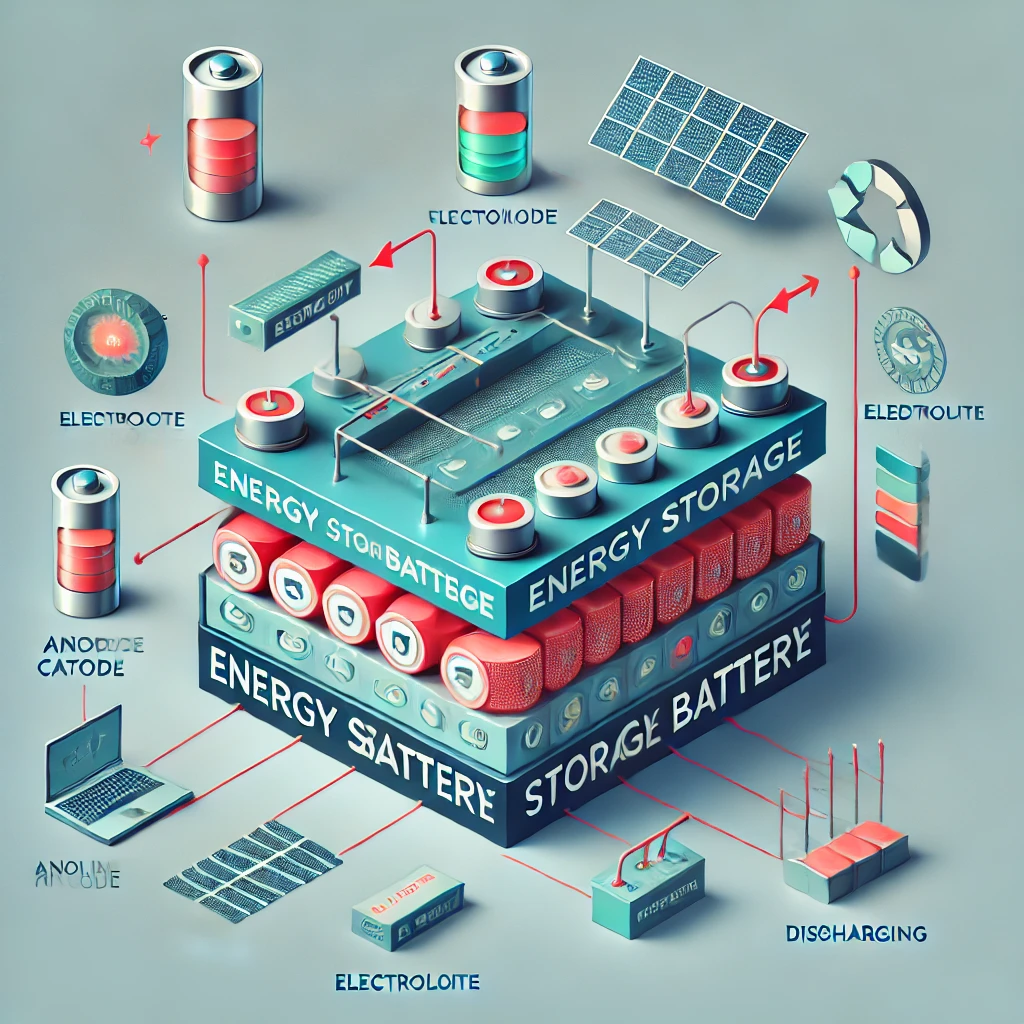Energy storage batteries play a crucial role in storing electricity generated from renewable and traditional sources for later use. These batteries operate based on chemical reactions that allow energy to be stored and released efficiently.
At their core, energy storage batteries, particularly lithium-ion types, consist of electrodes (anode and cathode), an electrolyte, and a separator. During the charging process, electrical energy is converted into chemical energy as lithium ions move from the cathode to the anode through the electrolyte. When the stored energy is needed, the ions move back, generating an electric current that powers devices, homes, or commercial applications.
Lithium iron phosphate (LiFePO4) batteries, such as those offered by Hicorenergy, are known for their high safety, long cycle life, and efficiency. These batteries can operate for over 6,000 cycles, with a round-trip efficiency exceeding 95%. They also feature a built-in battery management system (BMS) that ensures optimal performance, prevents overcharging or deep discharge, and enhances reliability.
Energy storage systems can be used in various applications, including residential backup power, commercial and industrial energy management, and large-scale grid stabilization. They help optimize energy consumption, reduce reliance on the grid, and improve the integration of renewable energy sources like solar power. Additionally, advanced features such as remote monitoring, scalability, and flexible installation options make modern energy storage solutions highly adaptable.
With increasing global demand for reliable and sustainable energy solutions, energy storage batteries are essential in ensuring a stable and efficient power supply. Companies like Hicorenergy continue to innovate in this field, providing high-performance battery solutions to meet diverse energy needs.

-scaled.png)
